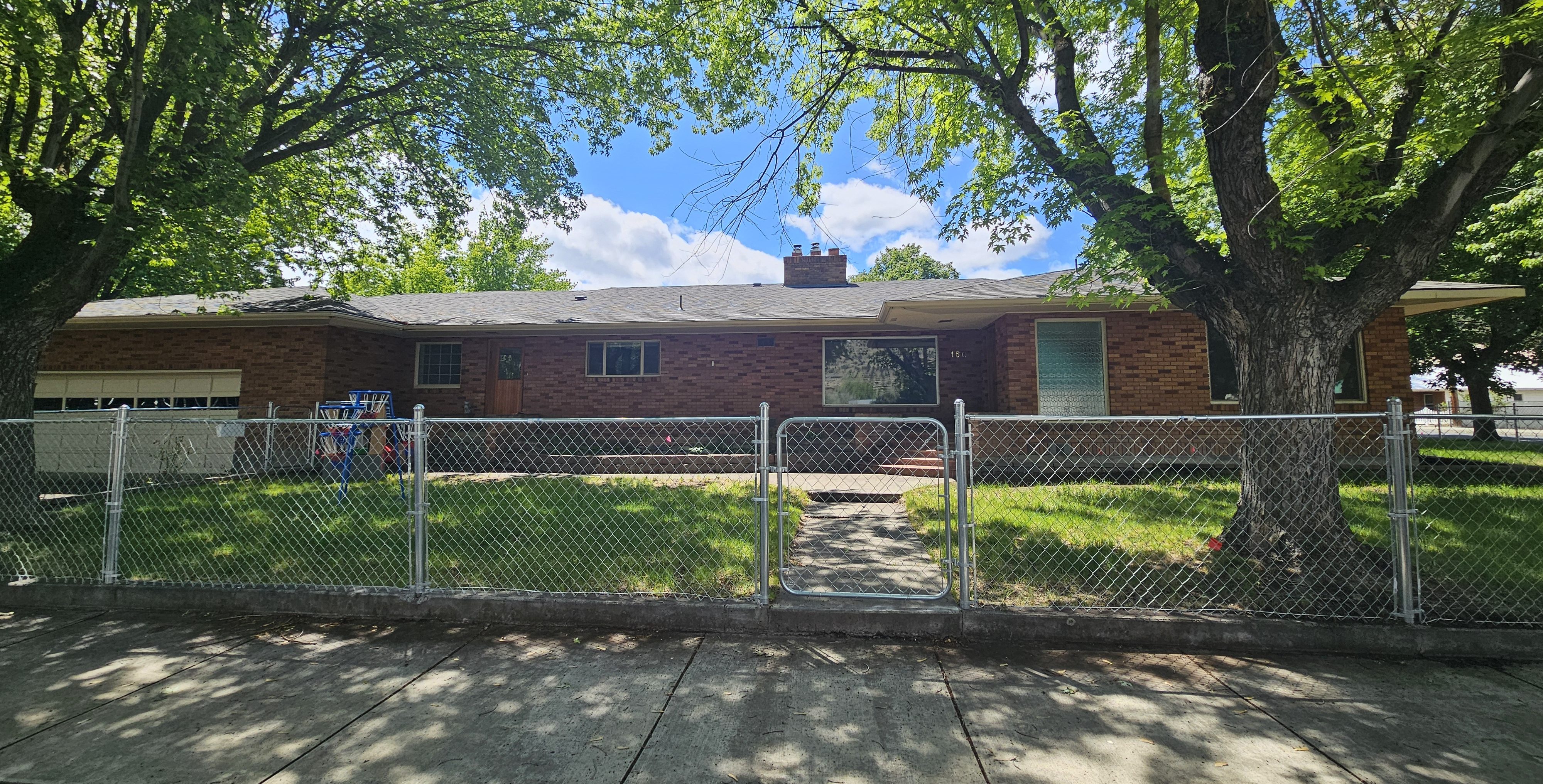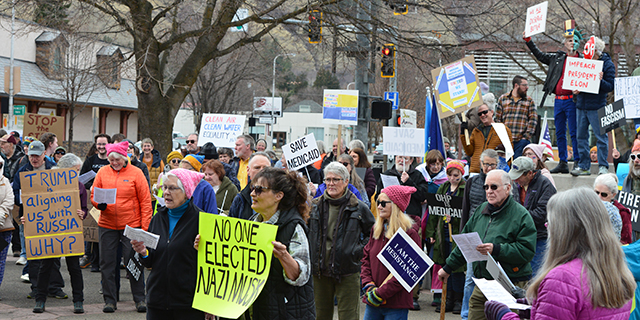Commentary: We all need recognition, but why did John Day get so much?
Published 5:00 pm Tuesday, May 1, 2007
He was raving and became so violent that his companions were forced to leave him with some Indians somewhere in North Central Oregon in the summer of 1812. Not a wonderful prospect in what was then such a hostile environment, not conducive to survival in this place and at that time.
John Day, the man. Who was he?
He was born in 1771 in Virginia and grew into a handsome 6-foot-2, active man who, according to legend, abused himself through excesses.
He joined the Wilson, Price, Hunt party as a hunter – reportedly, he was a crack shot – in the spring of 1811. He joined the party at Nodaway in November 1810 and wintered over there.
Wilson, Price and Hunt were probably retained by John Jacob Astor to trek west and establish a fur trapping and trading business for him in the Oregon Country. It’s generally believed that Day was hired to shoot game for the party to live on during their way West that year. Except for his debilitation and age – about 40 – he had a well earned reputation as a hunter.
Apparently, all went well for Day until the party was traversing the Southern Idaho plain near the Snake River. Day, then suffering from a health problem, probably resulting from prior excesses, was forced to stay in a camp near present-day Weiser, Idaho, while the rest of the party continued westward.
Fortunately for Day, he had a friend in the party who was willing to stay with him and assist him when he became able to continue. Without the help of this friend, Ramsey Crooks, Day certainly would have died then as he was not able to care for himself.
Day and Crooks wintered over in this isolated camp and went west toward present-day Astoria in the spring of 1812. They crossed the Blue Mountains of North Central Oregon and reached the Columbia River near what is now The Dalles. Proceeding west along the Columbia, they were ambushed by Indians near the mouth of the John Day River. They were beaten and robbed of everything they had, including their clothes.
Left naked to wander, they later were found by Robert Stuart and his party, who were probably some of the people retained by Astor. They took Day and Crooks on to Astoria by May of that year.
It was when Day attempted to return to St. Louis with Stuart’s party that things went really bad for him. Shortly after they had left Astoria, Day became violently insane and the party left him with some Indians who promised to take him back to Astoria.
Although one writer claimed he died then, this clearly was not the case. After the sale of the Pacific Fur Company, Day entered the service of the North West Company and remained in that capacity in the mountains of Central Idaho until his death was reported on Feb. 16, 1820.
Not much has been written about Day’s activities in Idaho, but the then-named location of his home was “Day’s Defile,” a canyon in the Salmon River country drained by the present-day “Little Lost River.”
Apparently, other mountain men – Donald Mackenzie, William Kiteson, and James Birnie – were with Day when he died. Mackenzie was the major beneficiary of Day’s will, which was not probated until later – October 1836 – in the far-off Commonwealth of Chautauqua County, N.Y. Mackenzie was able to prove up the will, and its authenticity was not in question.
Although Day had accomplished almost nothing by his stay in the wilderness, he is today recognized and honored by the naming of a city, here in Grant County; two rivers, and a dam on the mighty Columbia. Of the two rivers, the easternmost is the approximate place where Day and Crooks were ambushed; the western one is the site where he reportedly went violently insane.
All of the above due to difficult times and ill health. To my knowledge, no one else has been so honored.
Bill Pollak is a Grant County resident and history buff.





